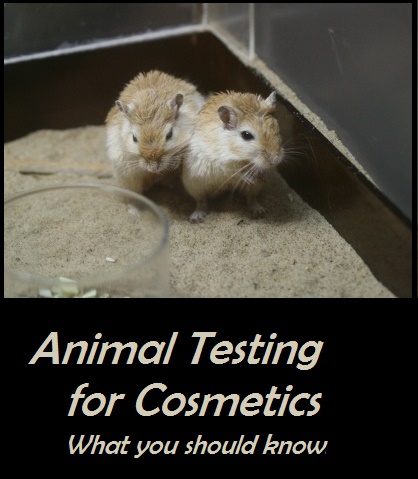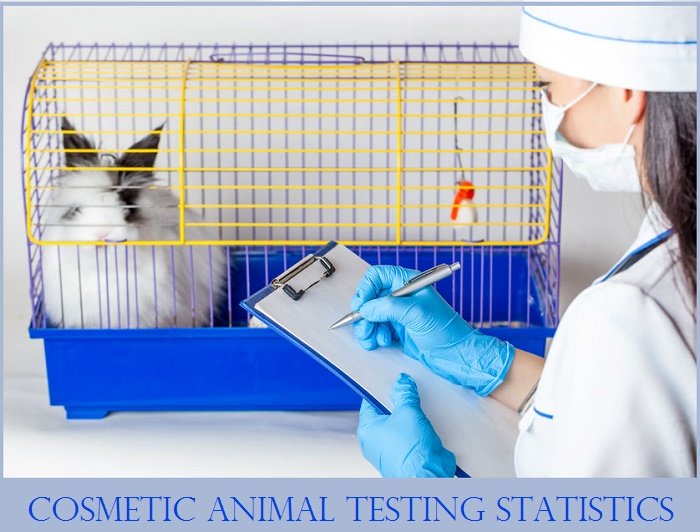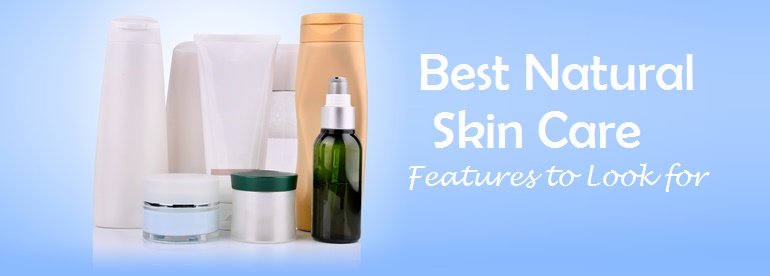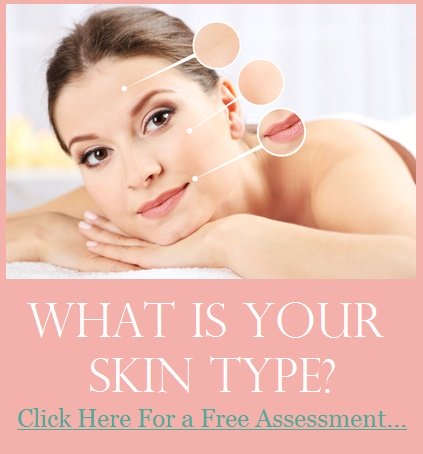Finding Cruelty Free Cosmetics that are Natural Too
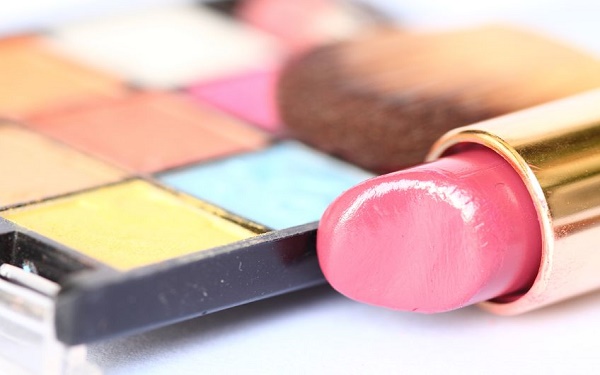
You’re trying to find cruelty free cosmetics to make your world a harmonious place for creatures big and small, but our cruel world isn’t making it easy for you. It seems like ingredients commonly used in cosmetic and skin care products are attacked for potential imperfections every day, and most of those imperfections are a danger to you, to animals or to the environment. How can you possibly tell when you’ve found a cruelty-free product that lives up to your standards?
It seems difficult because they are so many products out there that do test on animals. Some that are made with cruelty-free methods contain ingredients that are known to harm humans or that are synthetic and without research to prove they’re safe.
Cruelty Free Cosmetics Search Tips:
The best way to move these products to the side and find those that do meet your standards for living in harmony with the world around you is to put the following tips into practice.
1. Determine your true needs.
The fewer products you use on your skin, the less you have to worry
about the damage those products are going to potentially cause. Don’t
pay attention to marketers telling you how much you need a new cream or
the latest serum. You know the basic needs of your skin, and you don’t
have to buy into every new fad to hit the cosmetic market.
2. Find trustworthy brands known to bypass animals when it comes to testing their products. You can start to identify brands that don’t test on animals by looking brand names up on Peta’s Beauty without Bunnies database. You can also look most brands up online and read about their production processes. Just note that companies testing on animals aren’t likely to say so upfront on their website. Those that make a point of not testing on animals may advertise that fact, though.
3. Look for products that feature the Leaping Bunny logo from the Coalition for Consumer Information on Cosmetics. This is an independent group that tests products in order to identify those that meet strict cruelty-free guidelines. The logo is blue and white and looks like a leaping bunny rabbit. This link will show you what it looks like.
4. Pay attention to wording. Manufacturers are slick, and they hire creative thinkers capable of making you feel comfortable with products that are actually not in line with your ethical standards. What you don’t know won’t kill you, right? That’s how they think, but you know better. What you don’t know could very well kill you plus millions of animals.
An example of deceptive wording is this common statement found on many products in some variation: This finished product was not tested on animals. Do you see the loophole? Maybe the finished product wasn’t tested on animals, but what about individual ingredients used within that finished product? Testing often happens long before ingredients are assembled into the finished product. That does not mean they are cruelty free cosmetics.
5. Get to know the biggest offenders. The more you know about the ingredients you see on package labels, the more difficult it becomes for manufacturers to slip cruel products into your shopping cart. Do your research and keep an eye out for new ingredients that may not be on the up and up. It can take years for light to shine on new products, and even longer for new ingredients used as additives or filler.
Once you find a cruelty-free brand that works well for your skin, show your loyalty. You don’t need to shop around when you’ve found a good thing.
Related Articles:
Common Animal Testing for Cosmetics
Cosmetic Animal Testing Statistics
Best Natural Skin Care Features
Return from Finding Cruelty Free Cosmetics to the Natural Skin Care Products Home Page
